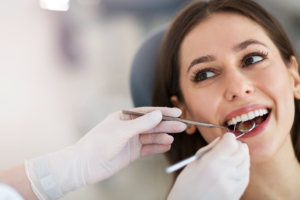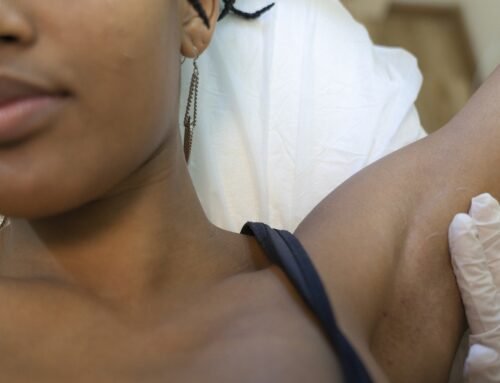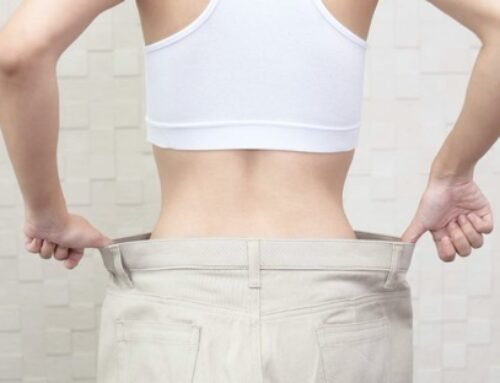It was once believed that teeth remained stable after a person reached a certain age, however, research studies now indicate that this no longer holds true. Teeth can move even after successful orthodontic treatments have been completed. Studies have found that 70 percent of patients who were prescribed wearing retainers after receiving teeth-correcting treatment, and who stopped wearing them after a year or so, had to go back on treatment as teeth had shifted out of alignment again.
The British Orthodontic Society has dedicated an entire campaign titled ‘Hold that Smile’ to get the message across that wearing retainers post-orthodontic treatment is a lifelong commitment. Support for the campaign is further strengthened thanks to the endorsement from the British Dental Association and the Faculty of General Dental Practice UK.
Wearing retainers prevents occlusion relapse
Seeing that correcting teeth problems is a lengthy process requiring much patience and dedication to treatment, patients should take every precaution to ensure that the pleasing results attained will last a lifetime. This can only be guaranteed by following all the instructions of a dental practitioner before, during and after clear brace treatment in London is received. This includes wearing retainers even if, at first, there seems to be no need for it.
Teeth are attached or supported by the gum line and other dental structures such as ligaments that play an important role in anchoring teeth. Due to the nature of orthodontic treatment and the way dental appliances work (the pressure these place on teeth), the connections between these structures and teeth can become loose. When the dental appliances are removed after treatment, a retainer is relied upon to keep all structures in place and teeth from shifting out of alignment and back into their original place.
Reasons to continue wearing retainers
When retainers break or become damaged, patients do not feel the need to get a new pair, but this neglect can invite all sorts of problems. In addition to seeing that teeth are kept in place, what other reasons are there for wearing retainers?
Accelerates alignment and stabilises bite

Gums, tissue and jawbone require more time than teeth to shift into position. Retainers are designed to help speed up alignment to the new correct positioning.
Prevents overcrowding
Wearing retainers can be particularly important in preventing other dental concerns like overcrowding. This may happen in teenage patients. As their teeth are still in the growing phase, they need the retainer to provide the necessary space for the appearance of new teeth (wisdom teeth) that make their appearance during this developmental phase.
Dental practitioners are aware of the fact that orthodontic treatments may seem to patients like a never-ending process. The day an orthodontic appliance comes off is a day of great jubilation so it is not an easy task to ask patients to continue wearing a dental appliance of a different kind for an inordinate length of time. For the most part, retainers are usually worn at night so this does not interrupt a patient’s day or lifestyle. For more information on how to maintain teeth position after braces, contact your local dentist.







Leave A Comment